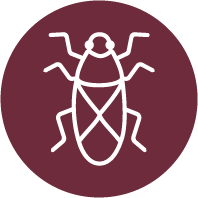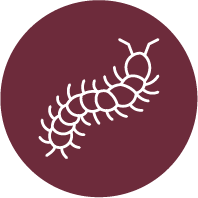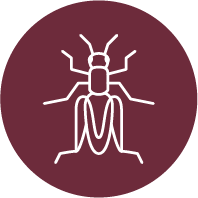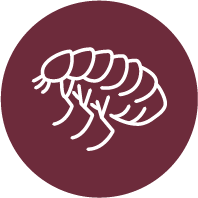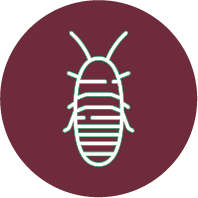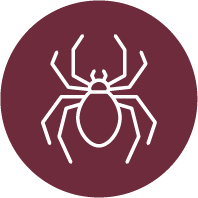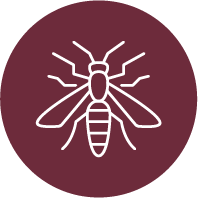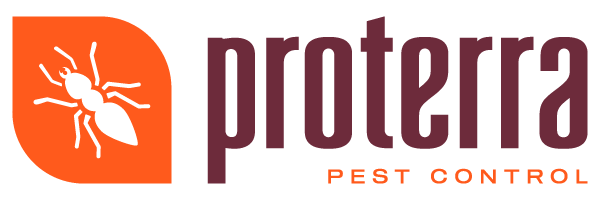Rodent Proofing Your Home for the Winter Chill
As the mercury dips, homes in the Tri-Cities area become havens for uninvited guests. Rodents like mice and rats are not just seeking refuge from the cold; they're looking for food, water, and a place to nest during the winter months. These small intruders can squeeze through the tiniest of gaps, turning your warm abode into their shelter. But it's not just about the nuisance; rodents carry risks to your health and property. From spreading diseases like Hantavirus and Salmonella to causing structural damage by gnawing on wires and insulation, the impact of these pests can be significant.
Sealing the Fortress: Entry Point Identification and Closure
One of the first lines of defense against these cold-weather invaders is identifying and sealing potential entry points. Rodents can enter through holes as small as a dime, making it essential to conduct a thorough inspection of your home's exterior. Look for gaps around windows, doors, utility pipes, and vents. Also, inspect the foundation and roof for signs of damage or openings.
To rodent-proof your home, it's vital to fill these gaps with durable materials such as steel wool, metal sheeting, or caulk. For added guidance, homeowners can refer to a reputable DIY guide that provides detailed instructions on sealing entry points securely and safely.
Unwelcome Mat: Deterring Rodents Naturally
Making your home unattractive to rodents is a safe and proactive strategy. Start with properly storing food in airtight containers and maintaining a clutter-free environment to reduce hiding spots. Regularly dispose of garbage and declutter storage areas like basements and attics. Additionally, incorporating natural deterrents can be equally effective. Using peppermint oil, for example, can repel rodents due to its strong scent, which is disagreeable to them.
Set the Trap: Humane Trapping Options
When prevention falls short and rodents find their way indoors, humane trapping provides a safe solution for you and the rodents. Live-catch traps offer an ethical approach to pest control by capturing critters without harming them. Avoiding toxic rodenticides and glue traps is essential not only for animal welfare but also for the well-being of pets and wild animals. After safely trapping a rodent, the release should be done far from residential areas to minimize the chances of reentry while also considering the animal's survival.
The Proterra Approach: Safety and Prevention
At Proterra Pest Control, aligning with a humane and cautious pest management strategy is paramount. By conducting comprehensive inspections and customized treatment plans, the potential for rodent infestations can be greatly reduced. Emphasizing the use of eco-friendly products and methods reflects the company's dedication to protective, environmentally conscious solutions, ensuring that both your home and the surrounding ecosystems are safeguarded.
Inspecting the Ramparts: Regular Home Inspections
Consistent home inspections are vital in recognizing early signs of a rodent intrusion. Homeowners can take a proactive approach by checking for droppings, gnaw marks, and nesting materials. Inspect common problem areas such as garages, basements, and attics. If you are looking for an elaborate guide on conducting a thorough DIY inspection, resources are available to help you get started. However, there are situations that call for professional expertise. Should you notice any indication of an infestation, reaching out to local pest control specialists is recommended for a more extensive property assessment, ensuring nothing is overlooked.
Community Wisdom: Leveraging Local Advice
There's a wealth of knowledge to be found within the community, especially in the Tri-Cities area, where local experiences with pests can provide valuable insights into effective rodent proofing strategies. Networking with neighborhood forums or consulting with city officials can equip you with tailored advice that addresses the specific challenges of the region. Such localized input assists in enhancing your preparations against rodent invasions, creating a collective defense against these seasonal pests.
Final Check: Before the Chill Sets In
As winter approaches, it's essential to have a checklist for homeowner's pre-winter rodent proofing. Items can include ensuring food is securely stored, conducting a thorough inspection for entry points, and setting up humane traps if necessary. It's also a good moment to trim back trees and bushes from the house as these can serve as rodent highways to your home.
Remember, any approach to rodent control should respect the well-being of wildlife. This is not simply about removing pests from your home, but doing so in a way that is considerate of the broader ecological impact.
A proactive stance on rodent proofing is far more than a convenience—it's an investment in the health and safety of your home and family. Ensuring measures are in place before temperatures plummet allows you to avoid the rush of emergency pest control amidst the winter chill. Recognize the importance of engaging in regular, humane, and environmentally conscious pest control practices, not just as a quick fix but as part of an ongoing maintenance routine for your home.
And while keeping your residence rodent-free is a priority, remember we share this space with wildlife. It's up to us to employ methods that safeguard our health and property without causing unnecessary harm.
For those in the Tri-Cities, maintaining a pest-free environment through the colder months is a shared goal. Proterra Pest Control is here for advice and service, upholding the principles of safety and eco-friendliness that you value in your own home. Though not a call for promotions, it is a reminder that help is close at hand for your pest control needs.
As the anticipation of winter's arrival grows, take a moment to consider your home's preparation against rodents.
Do not hesitate to reach out to us to ensure your defenses are up to snuff. Stay diligent and remember that the most effective pest control measures are those that prioritize safety and kindness.
